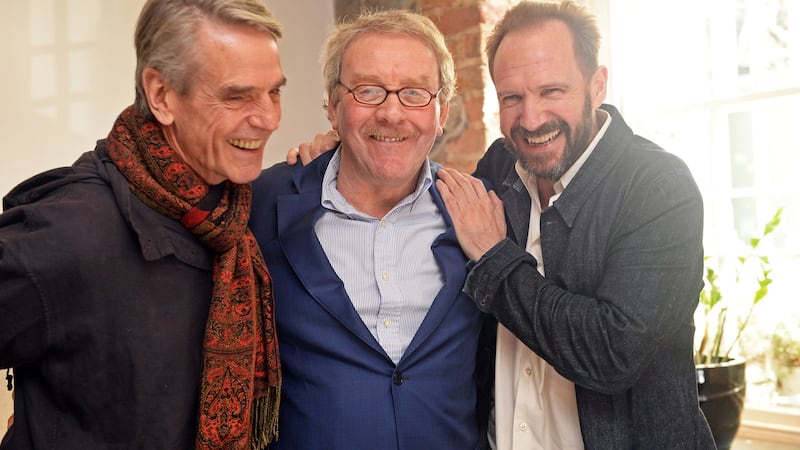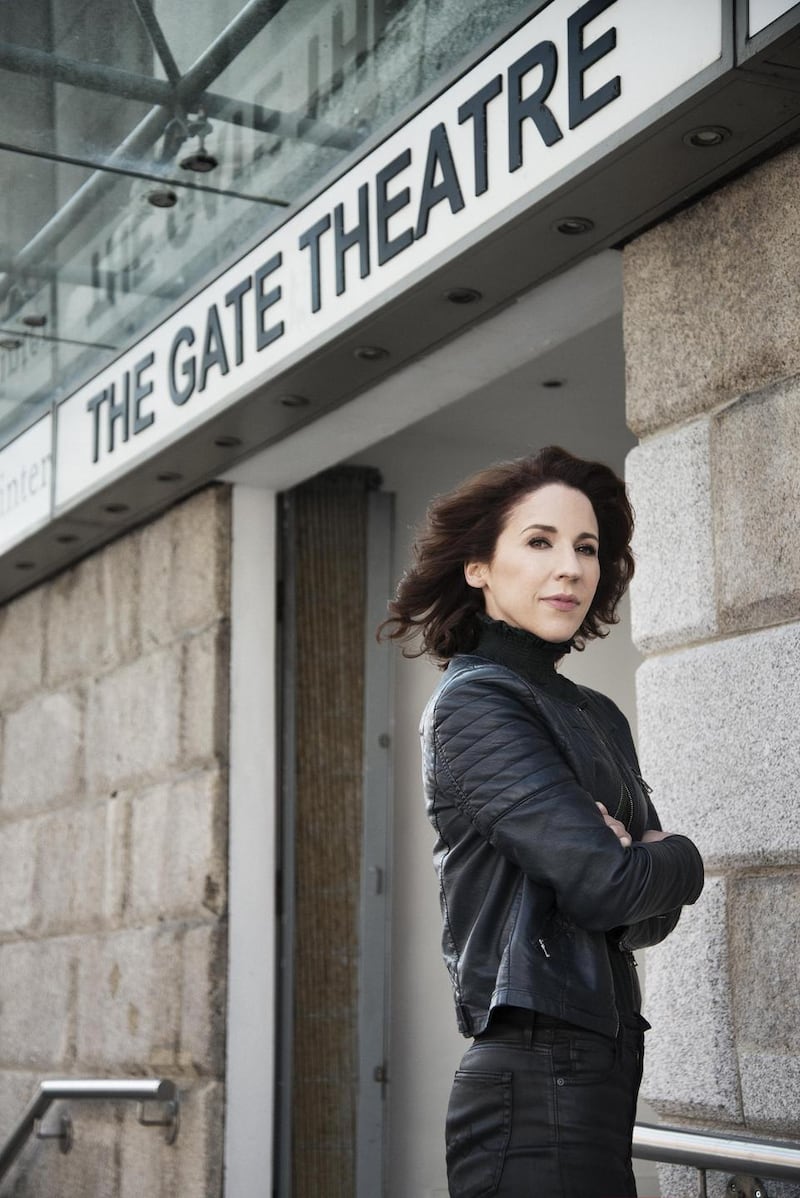There’s no accounting for taste, goes the old adage. But in the recent Bonnar Keenlyside report into the Gate Theatre, there is something like an audit of the audience’s expectations.
It details a turbulent recent period for the 89-year-old institution of dwindling State subsidy, falling audience numbers and declining box office, together with a risk-averse strategy for a quick recovery.
In the report, published in January and obtained by journalist Fiona Gartland for The Irish Times, you can intimate what the Gate's audience – not quite as loyal as conventional wisdom had it – showed up for, and what they roundly rejected. But this is not just a story about the Gate's relationship with its audience; it should concern any theatre that has tried either to pander to, or challenge, its audience's supposed preferences.

The Gate, which changed management this month, has long been reliant on its box office, operating on at least 75 per cent attendance to break even. Against the vagaries of theatre programming – never an exact science – that always seemed like a precarious position. But under its outgoing artistic director Michael Colgan, who retired after 33 years at its helm, "the Gate audience" was carefully cultivated through years of prestige programming. Characterised as older and affluent, it was an audience that remained loyal to a grand space of luxuriant carpet and overhead chandeliers, comfortable to frequent "a jewellery box".
Classic revivals
The gems they might find there likewise tended towards reassuringly expensive classic revivals. While Colgan shared some of the tastes of the theatre's founders Micheál Mac Liammóir and Hilton Edwards, and a modernist repertoire that included Ibsen, Chekhov, Strindberg and Shakespeare, he also brought in the darker elements of 20th-century theatre, most notably Beckett, Pinter, Miller and Mamet, less frequently staging new Irish works – unless authored by major writers, usually Brian Friel or Conor McPherson.
There were occasional celebrated dark horses – Berkoff's Salomé, Neil LaBute, Mark O'Rowe or Selina Cartmell's staging of Sweeney Todd – but there were many more costume dramas. "Oscar Wilde saved my skin several times," he admitted a couple of years ago. It was not an exaggeration. In 2015, Colgan threw his audience a curveball with Wayne Jordan's production of Romeo and Juliet, an engagingly contemporary staging with keen resonance for a younger audience. Colgan praised it highly, but it was so poorly attended, he said, "we'll be paying for it for two years."
The report confirms it. In 2013, "an ambitious programme" – including large-scale productions of Ibsen and Brecht, a remount of Pride and Prejudice (one of its most popular shows ever) and an ill-fated Alan Ayckbourn play – resulted in "an operating deficit of over €0.5 million". It was compounded by box-office underperformance in 2015, which brought the deficit towards nearly €1 million, but audiences had been dropping steadily regardless. (An older audience, without rejuvenation, is a dying audience.)
Audience appeasement
So, in 2016, the theatre began a process of audience appeasement, staging fewer productions and more revivals over longer runs. It appears to have worked, clawing back the deficit while affirming a very inhibiting belief: “The apparent conservatism of its core audience means that any experimentation outside of a particular taste may have negative financial results,” offers the report. The audience, carefully cultivated but seldom replenished, has the theatre in a chokehold.
This puts the Gate in an immensely difficult position, because by pandering to the box office, it jeopardises its next most significant source of income: its State subsidy. One of the Arts Council’s misgivings towards the Gate, after concerns for its governance and executive remuneration (now redressed), is its commitment to artistic development, which is to say, staging new works and supporting national talent.
Measured in unforgiving graphs and grids, the preference of the Gate audience is for 20th-century American plays first – the Millers, Williamses and Mamets – with English classics second, Irish modern classics third, and Beckett, in his own category, fourth. In seventh and last place is the “new Irish play”. Reliant on the audience’s favour as well as the Arts Council’s, that leaves the Gate in an unenviable position: damned if they do, damned if they don’t.
Reversible
But while it may take time, this situation is likely reversible. Given that the Gate has staged new plays so infrequently – none at all since 2014, and before that only one roughly every two years – it’s hard to say if the audience lost its appetite for adventure or was simply starved of it. (One of the report’s staffing comparisons makes a mordant point: “The Gate has a costume supervisor and Hampstead has a literary manager, highlighting the priorities of the different theatres.”) Which comes first: conservative audiences or conservative programming?

This leaves the Gate's new artistic director, Selina Cartmell, in a clearly challenging position, due to announce her first programme next month, while advancing a careful balance of "consistency and change" that is attractive to newcomers but not alienating to regulars. It may be the only way. The report anticipates "risks associated with a new style of direction" and suggests increased Arts Council support as the Gate undergoes this change.
But theatre, like all art, should be a risky business. It wilts if it does not challenge. The Gate’s “current model is stretched to the point of unsustainability”, says the report, in stark terms. The only conclusion, then, is that it should be enabled and emboldened to take risks again. The more it does, the more the audience, old and new, may begin to take risks themselves.











